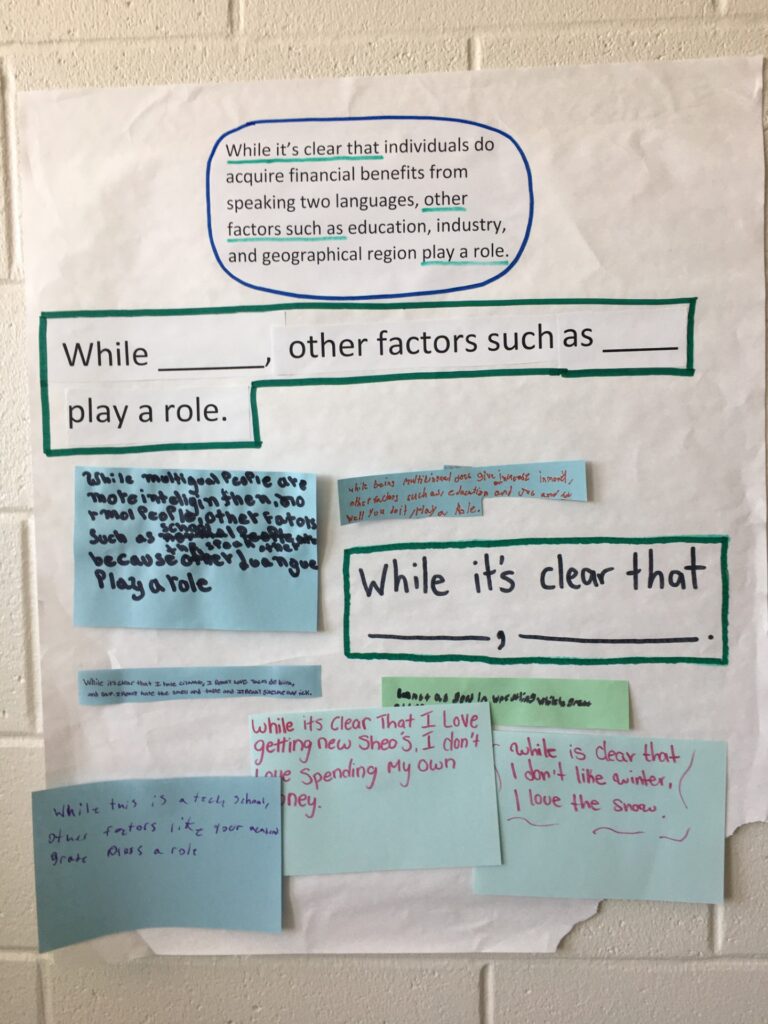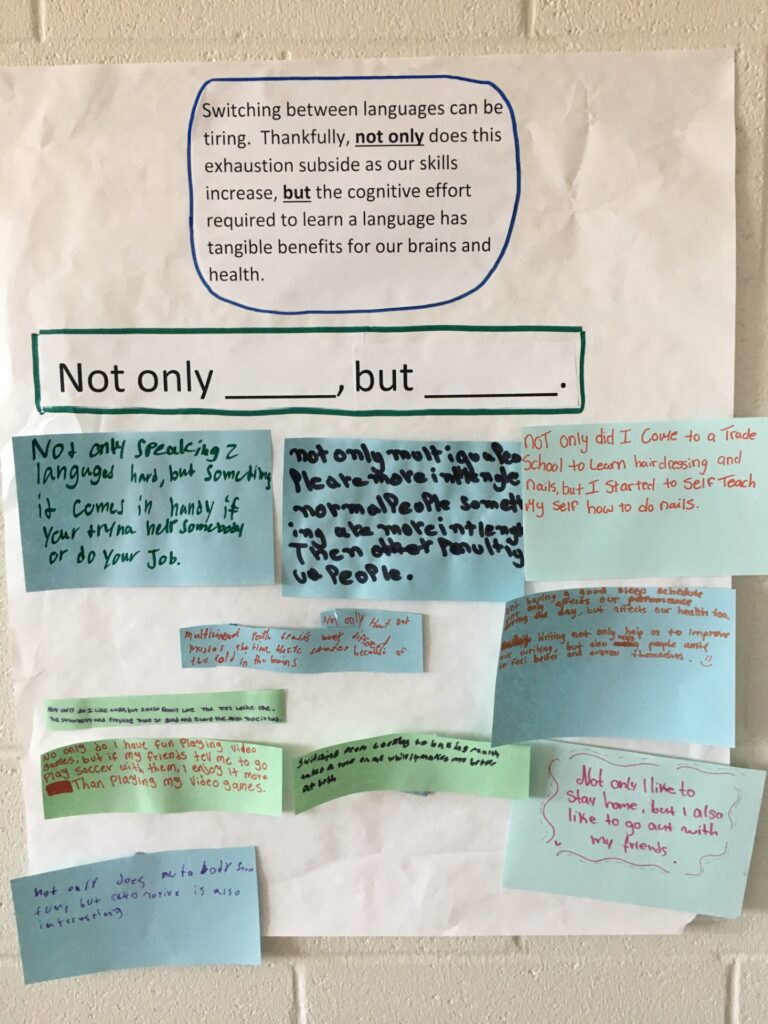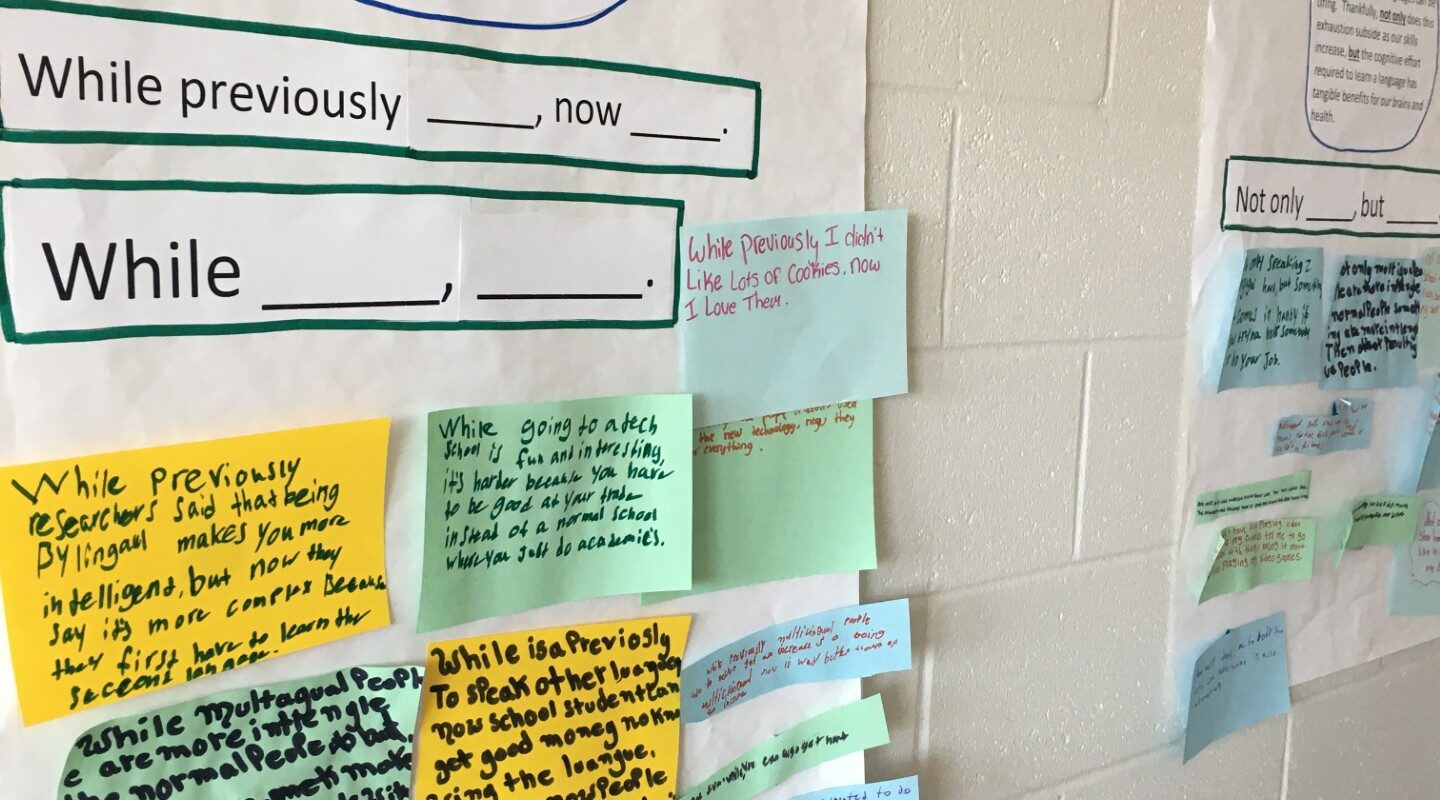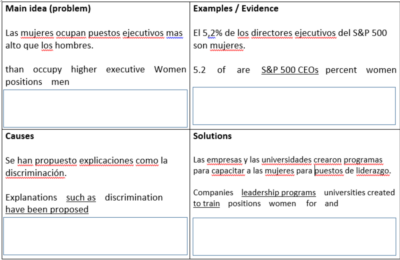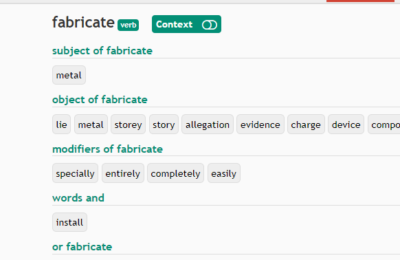The need to teach grammar without making students bored
Through teaching in mostly East-Asian EFL contexts, and more recently having taught in an American public school for the last 3 years, I’ve noticed a clear difference in students’ motivation and approached to learning grammar. Specifically, because many of my public school students were born here and have not experienced direct instruction of grammar before, they don’t have much patience for sitting through explanations or completing practice drill-type cloze exercises (i.e. “fill in the blank with the past simple or present perfect”).
In contrast, my Asian EFL students, who were either studying English in their home country or had travelled to the U.S. to study, were used to formal grammar explanations and being tested on their knowledge, so they were keen to listen carefully, practice a lot, and master accuracy and control of forms like non-defining relative clauses, the subjunctive, and the future perfect tense. They were also generally more motivated due to their interest in English and the cultural capital that comes with the language. This is quite different from my American students, who sometimes view English Language Development class as unnecessary, requiring a lot of writing, and sometimes even embarrassing if they haven’t “exited” their MLL status yet.
With all of this in mind, I was looking for a less formal way to help students write with a variety of more sophisticated grammar structures that didn’t rely on lengthy explanations or math-like drills. I also didn’t have a set curriculum that requires students to master, say, the past perfect. Essentially, the goal was to teach grammar as needed and tightly tied to a particular purpose: to increase the complexity and sophistication of their academic writing (so they could succeed in their other content-area classes as well). This was not grammar for grammar’s sake.
Sentence imitation as a possible solution
I thought it might be helpful if students tried “imitating” the fancy academic sentences they encountered in their reading. Sentences like this:
In Switzerland, where most residents speak at least two languages fluently, one study estimated that multilingualism accounted for a whopping 10 percent of its Gross Domestic Product (GDP).
Zooming in, while it’s clear that individuals do reap financial benefits from their multilingualism, other factors such as education, industry, and geographical region play a role.
I’ve bolded some of the nice grammar and language features in the above text that students might be able to “imitate.” For example they could write their imitation using sentence frames like this:
In ______, where _______, ________.
(a non-defining relative clause)
While it’s clear that, ______, other factors such as _______ play a role.
(a complex sentence with the subordinating conjunction while, as well as some useful set expressions like it’s clear that and a list following such as).
Sentence imitation sparked my curiosity, but I found there were almost no studies done on this technique for language acquisition. One notable exception is an excellent article in The Journal of the Virginia Community Colleges by Thomas Nowalk, who goes into detail about how “trivium,” or imitation, can help ELLs learn to write better, while avoiding the trap of viewing grammar as simply a set of rules to learn. One takeaway was the need to emphasize creativity among students when they write their imitations.
Some examples of sentence imitation in action
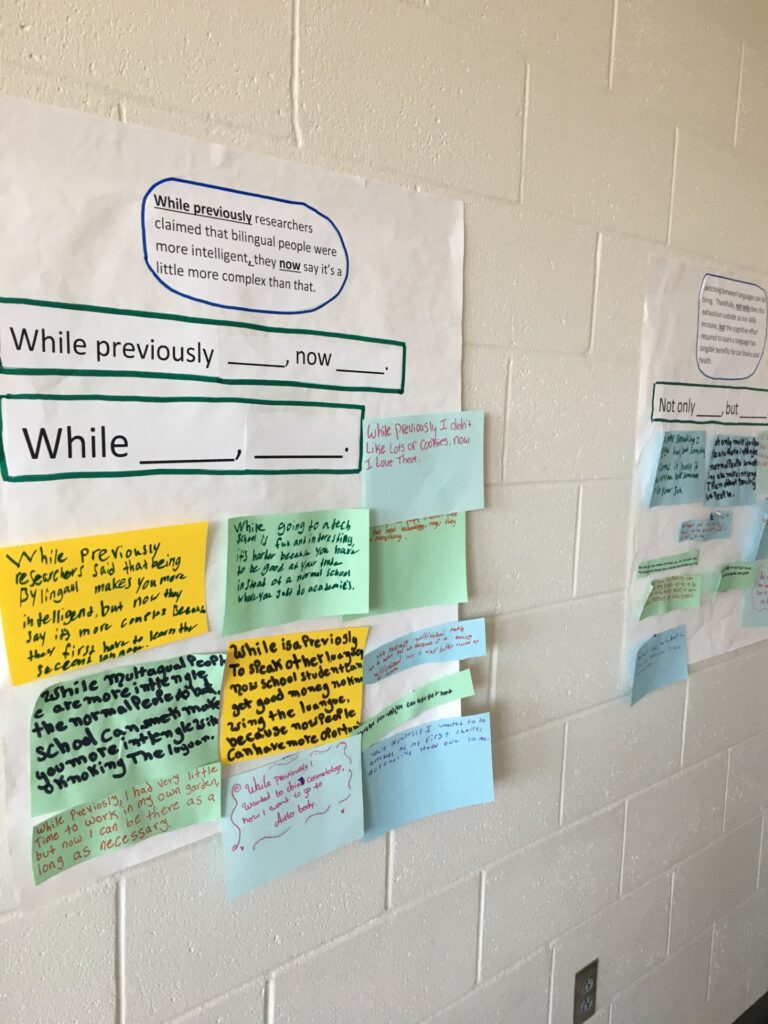
Introduce the process of how I identified academic language patterns, made, posters, and elicited students’ imitations on sticky notes.
Potential Issues
One issue I thought of is assessment. Being that this is a rather “informal” way to learn academic language (as in there are so preset lists of words or grammar that’s being taught), this activity could be called a form of “incidental” learning. The teacher is essentially selecting academic-sounding sentences as they come up in texts the students read. Sure, the students may intuit and “absorb” these sentence patterns as they imitate them, but how can we assess whether this activity improves their writing and academic language? Could we give them a quiz that requires them to use these sentence patterns/frames? Perhaps a cloze quiz where they use the frame to write their own sentence? This is something I’m still thinking about, and I’d love to hear suggestions in the comments if you have them!
